AP PHOTOS: Iraqi museum refuge for relics of the past
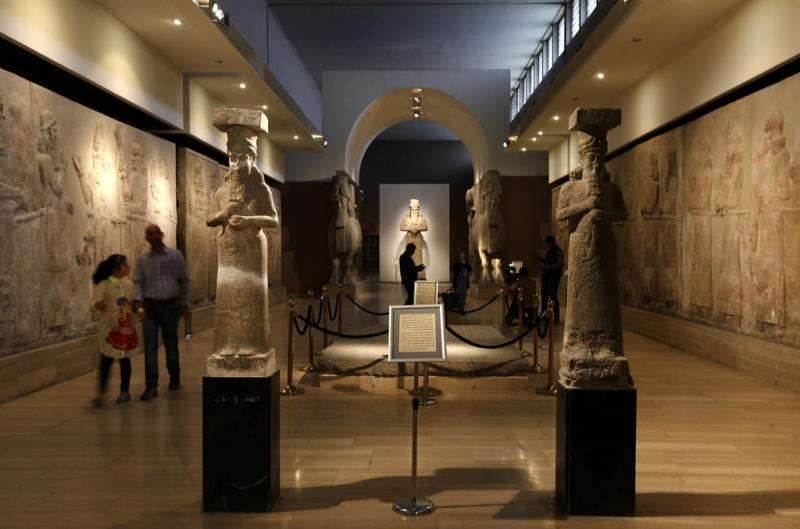
After the destruction wreaked on archaeological sites by Islamic State group, the collections at the Iraq's National Museum in Baghdad have become even more important. It's now one of the only places you can find relics from the ancient cities that fell into the extremists' hands.
As many as 4,000 archaeological sites are still under the domination of IS and around 100 sites have been destroyed, according to Iraqi Cuture Minister Firyad Rwandzi. The sites in their grip show the multiple civilizations that rose and fell during Iraq's history, ranging from mosques, churches and small shrines to large sites of old cities.
Among the most significant ancient sites the militants captured were several capitals of the Assyrian Empire during its height between the 10th and 6th centuries B.C.—sites known as Nimrud and Khorsabad—as well as Hatra, a well-preserved Roman-era city of temples. Videos put out by the Islamic State group showed its militants blowing up or smashing relics and structures at the sites.
But some of the relics from those sites had been moved long ago to the National Museum. In its Assyrian Hall tower two great winged bulls with human heads, protective deities known as Lamassu, framing a statue from the temple of Nabu, the god of wisdom. Along the walls run bas-reliefs from the palace of King Sargon in Khorsabad.
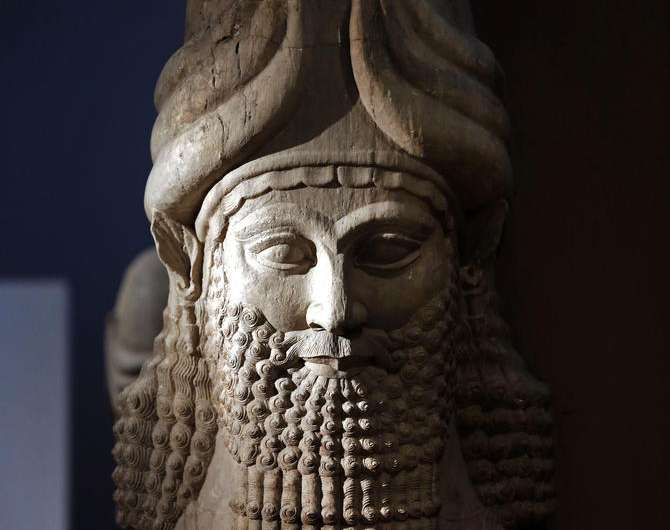
Rwandzi said museums are more important than ever. "A nation without a museum is like a human without eyes," he said.
Here is a series of photos of the museum's halls and relics by Associated Press photographers.
-
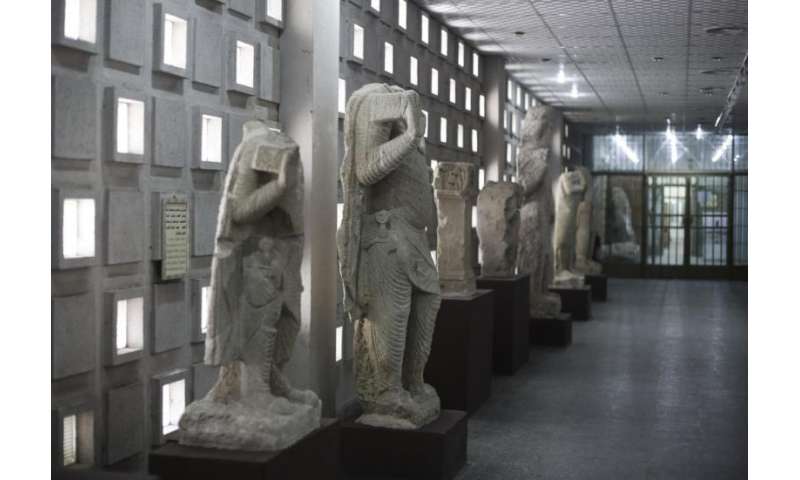
In this Sunday, March 13, 2016 photo, stone figures from the ancient site of Hatra line a corridor of the Iraq National Museum the Iraqi capital. They remain some of the only treasures from Hatra, which the Islamic State group destroyed along with several ancient sites in Iraq and Syria as part of its campaign to cleanse the territory it controls of items the extremists deem as non-Islamic. After the destruction wreaked on archaeological sites by Islamic State group, the collections at the Iraq's National Museum in Baghdad have become even more important. It's now one of the places you can find relics from ancient cities that fell into the extremists' hands. (AP Photo/Maya Alleruzzo) -
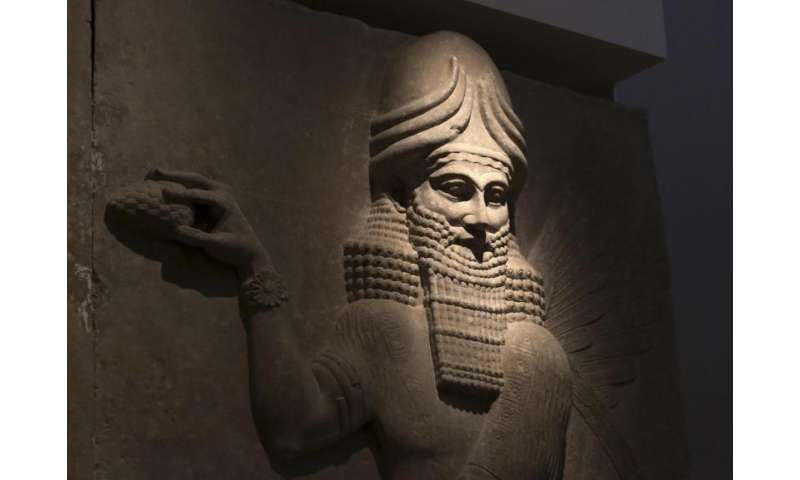
In this Wednesday, July 29, 2015 file photo, an Assyrian artifact is displayed at the Iraqi National Museum in Baghdad, Iraq. After the destruction wreaked on archaeological sites by Islamic State group, the collections at the Iraq's National Museum in Baghdad have become even more important. It's now one of the places you can find relics from ancient cities that fell into the extremists' hands.(AP Photo/Khalid Mohammed, File) -
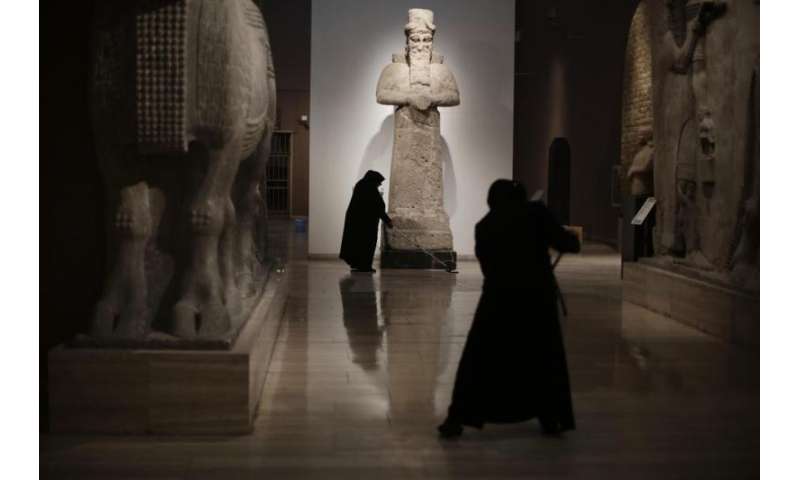
In this Sunday, March 13, 2016 photo, Iraqi workers mop the floor at the Assyrian Hall of the Iraq National Museum Baghdad. Assyria was a civilization located near the modern-day city of Mosul, now held by the Islamic State group, who published videos online showing the destruction of key Assyrian sites Nimrud and Hatra along with many other religious and cultural sites.(AP Photo/Maya Alleruzzo) -
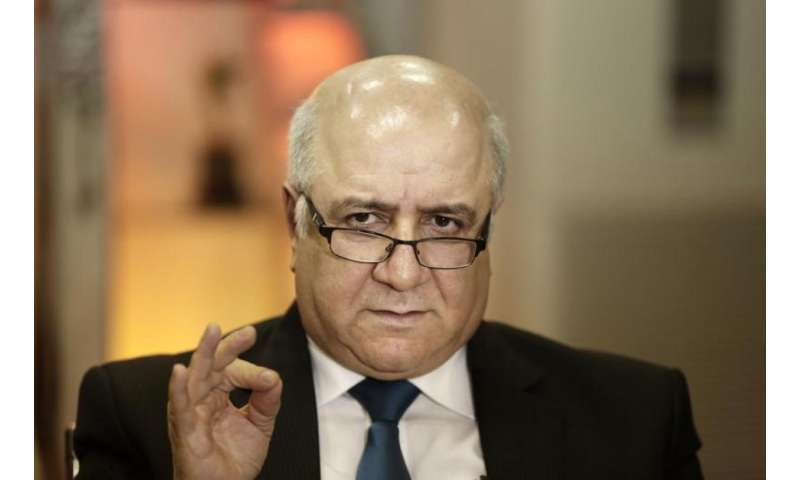
In this Monday, March 14, 2016 photo, Iraq's Culture Minister Firyad Rwandzi speaks to The Associated Press in Baghdad, Iraq. At a time when the Islamic State group has taken control of and destroyed many key archaeological sites in Iraq and Syria, Rwandzi says museums are more important than ever. "A nation without a museum is like a human without eyes," he said. (AP Photo/Maya Alleruzzo) -
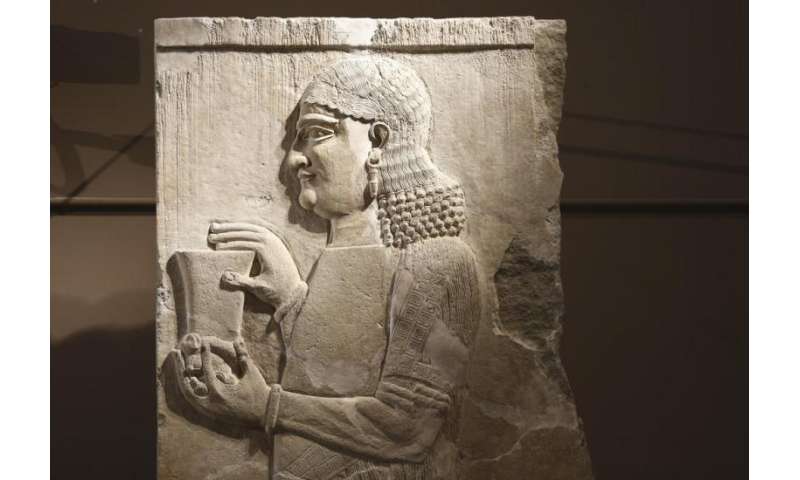
In this Sunday, March 13, 2016 photo, a detail of a stone wall panel fo at the Assyrian Hall of the Iraq National Museum Baghdad. Assyria was a civilization located near the modern-day city of Mosul, now held by the Islamic State group, who published videos online showing the destruction of key Assyrian sites Nimrud and Hatra along with many other religious and cultural sites.(AP Photo/Maya Alleruzzo) -
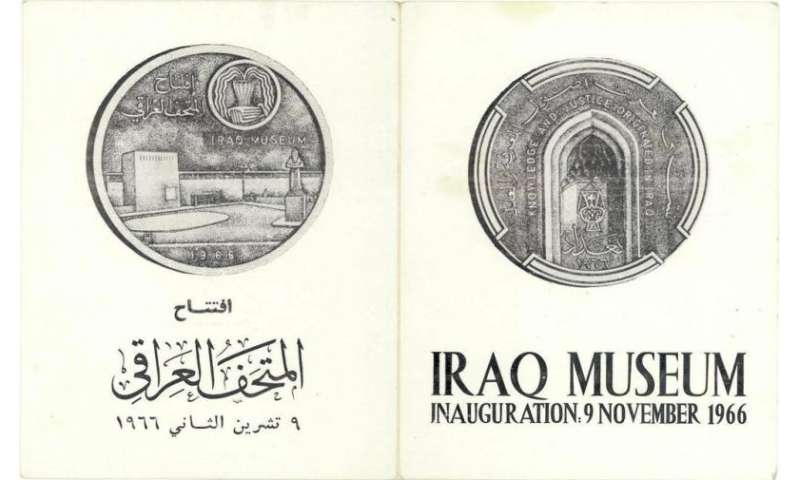
This Saturday, March 19, 2016 photo shows an inaugural leaflet from the grand opening of the Iraq Museum on Nov. 9, 1966. Established after WW1, the country' national museum contains treasures from Mesopotamian civilization. Gertrude Bell of Britain began collecting the artifacts in a government building in Baghdad in 1922 and eventually became the director of the museum. In the chaos that arrived along with U.S. troops in 2003, many treasures were looted or destroyed. More than a decade late, the Islamic State group has looted and destroyed several ancient sites in Iraq and Syria, making the museum�s preservation work even more critical.(Iraq National Museum via AP) -
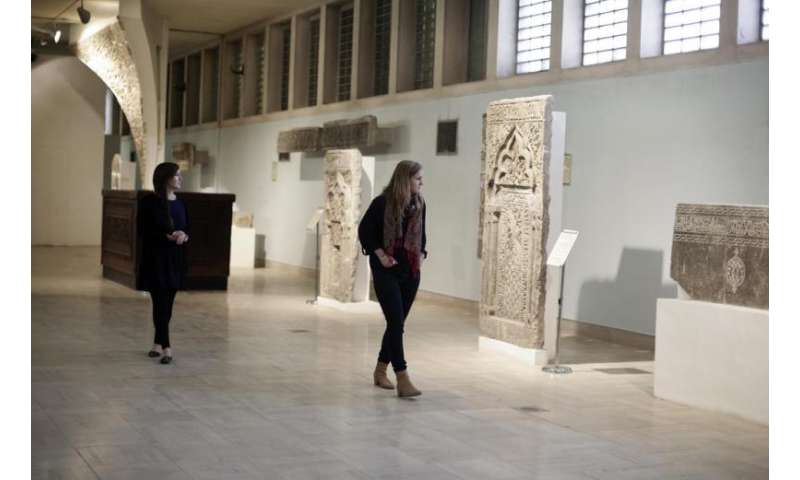
In this Sunday, March 13, 2016 photo, two women visit the Islamic Hall of the Iraq National Museum the Iraqi capital. Iraq was home to some of the most important cities of early Islam including Kufa and Karbala, and Baghdad was the capital of the Abbasid Caliphate during its golden age in the 8th and 9th centuries. The Islamic hall displays pieces of Islamic art and architecture, including a burial casket of Imam Moussa Kadhim, a major figure in Shiite Islam. Elaborate stonework from the Grand Mosque in the northern city of Mosul, now under the Islamic State group's control, is also housed here.(AP Photo/Maya Alleruzzo) -
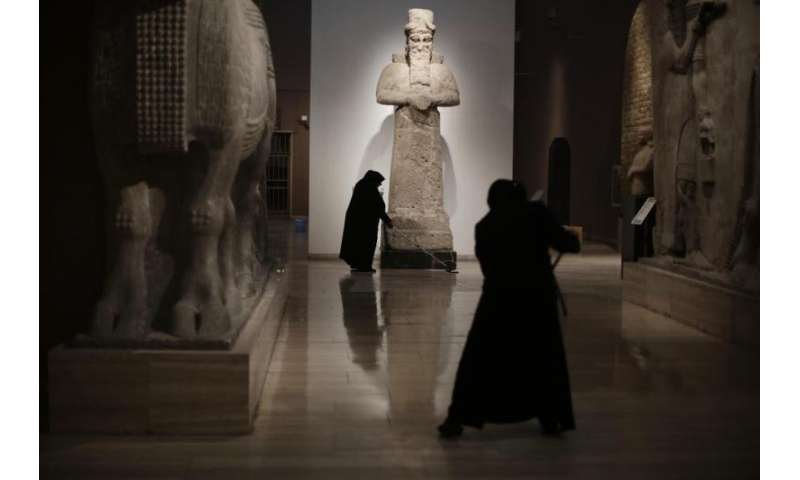
In this Sunday, March 13, 2016 photo, Iraqi workers mop the floor at the Assyrian Hall of the Iraq National Museum Baghdad. Assyria was a civilization located near the modern-day city of Mosul, now held by the Islamic State group, who published videos online showing the destruction of key Assyrian sites Nimrud and Hatra along with many other religious and cultural sites.(AP Photo/Maya Alleruzzo)
© 2016 The Associated Press. All rights reserved.




















